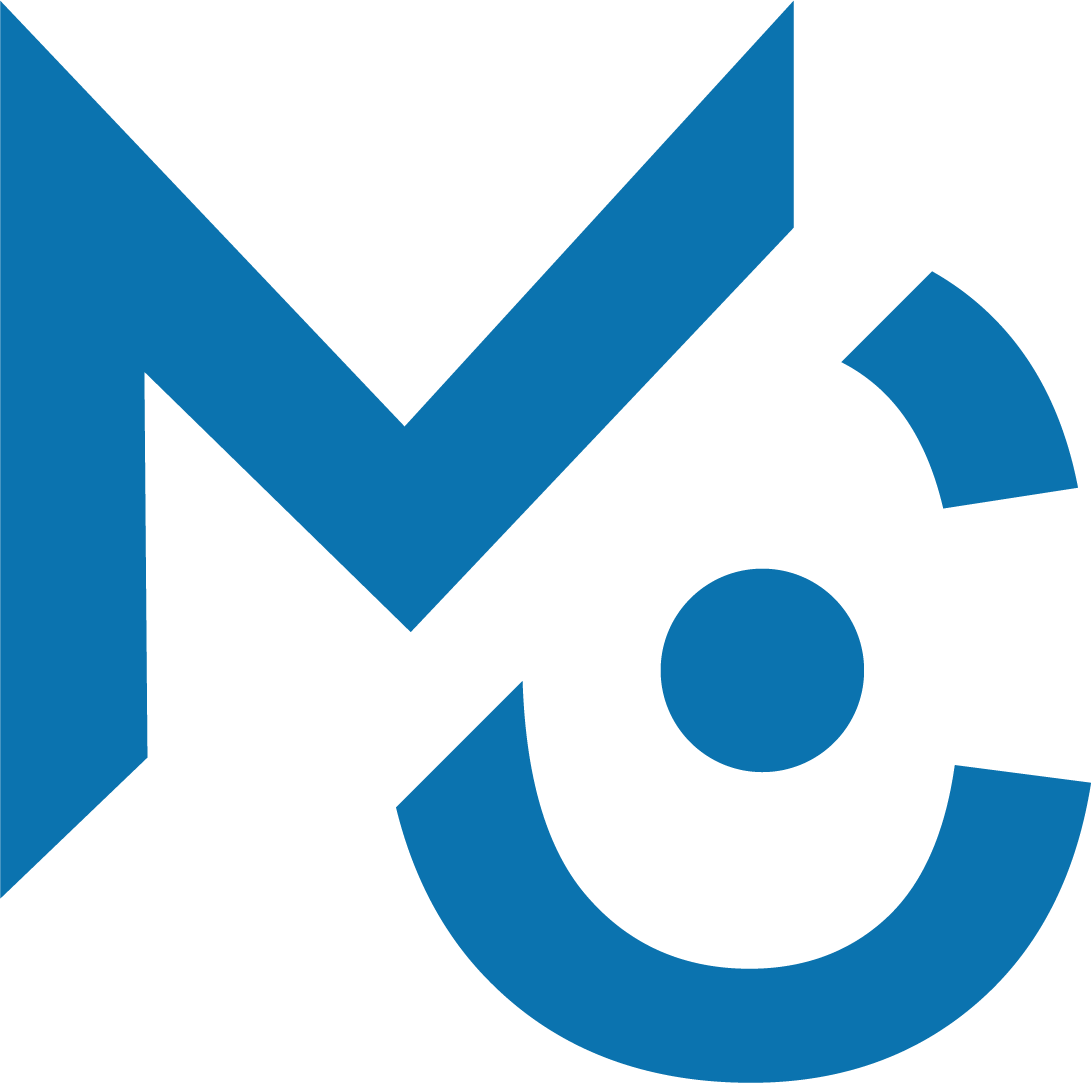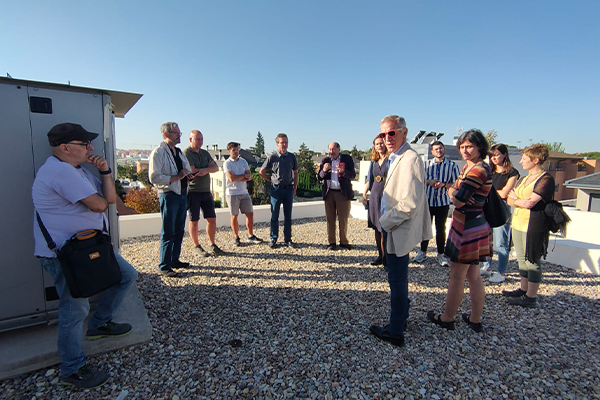MWCC attends the presentation of the Passivhaus Institute plaque to the first sustainable shelter in Spain. This recognition makes the building the first home-type residence in Spain for people with disabilities with Passivhaus energy efficiency certification.
The aforementioned certification guarantees a class A comfort level according to Ashrae-ISO-7730, which translates into:
- Heating and cooling demand less than < 15 kWh/(m²a).
- Installation of thermal insulating envelope, as well as windows and doors with low transmittance to minimize noise, thermal bridges and air infiltration.
- Airtightness less than 0.6 air changes per hour.
- Mechanical ventilation system with heat recovery installed.
- Relative humidity conditions between 45% and 55%.
- CO2 level between 400 and 800 ppm. Prevention of infections and elimination of odors.
- Maintenance of temperature between 20-21ºC during the day and 15-17ºC at night.
Among the benefits, the minimum environmental impact stands out given the reduction of consumption by less than half, reducing the carbon footprint to reinvest all the savings in more plates of food or higher staff ratios.
It should be noted that 15 tons of CO2 not emitted is equivalent to the planting of 700 trees. Likewise, 6,000 euros less annual expenses on supplies such as heating, cooling and electricity offer scope for hiring 400 extra hours of personalized support.
Also important is the acoustic and thermal comfort provided by the hermetic envelope, isolating the building to generate a very comfortable climate, with temperatures between 20-21ºC. Triple-glazed doors and windows with low transmittance minimize thermal bridges and air infiltration. This level of comfort allows people with disabilities to live in an environment that is warm in winter and pleasant in summer, as well as quiet, since the low level of noise reduces the appearance of problematic behaviors triggered by contextual factors.
In addition, this innovative center promotes people’s health thanks to a mechanical ventilation system that filters the air efficiently, eliminating pollution and infections due to viruses or bacteria without using fossil fuels.
In fact, the building has optimal humidity conditions and recommended CO2 levels.
The aforementioned treatment unit facilitates the entry of 100% of the outside air, with an energy efficiency of more than 85% and production of domestic hot water. As noted above, the ability to recover latent heat minimizes the need for humidification in winter and facilitates the necessary cooling in summer, guaranteeing a maximum leakage of 0.45% of the air flow (in compliance with the UNE standard EN 308:1997), well below the minimum comparison threshold also indicated by REHVA of 1-2% for cross-flow and rotary recuperators.
Likewise, the Passivhaus Plus or Premium philosophy has been respected with respect to renewables, ordering photovoltaic panels that produce energy beyond self-consumption. In this way, an installation of 30 panels with a power of 500 W is proposed, taking advantage of the power of the hybrid inverter and the entire unshaded surface of the roof to improve the country’s electrical mix. According to simplified calculations, photovoltaics would generate 51.5% of the Primary Energy of the entire building, which is considered a good value.
The Reshogar Project has also been designed taking into account the opinions of the users themselves. For example, there are different types of rooms depending on desires and preferences (intimacy, living as a couple…). 50% of the rooms are individual until the buildable space is exhausted. In accordance with the International Convention on the Rights of Persons with Disabilities (UN, 2006), we are committed to adapted homes, with green areas and living areas that are reminiscent of the family environment.
On the other hand, the market study and feasibility analysis provided a certain differential character compared to the competition, betting on a type of center aligned with the Madrid Strategy for Attention to People with Disabilities for the coordination of public places.
All of these strategies mean that the entity has anticipated future sustainability problems, finding the balance point to create a human shelter, but with sufficient coverage of places to guarantee economic survival, without creating a macro-institution where hundreds of people live. people.
All this without forgetting the impact generated by the generation of 30 jobs in a District with a modest socioeconomic level or the maintenance of SMEs and other suppliers. That will provide services to the rehogar, since the users are also clients and consumers who make use of the neighborhood’s own resources (they go shopping, collaborate as volunteers, organize celebrations, carry out awareness-raising actions or propose improvements of accessibility that benefit many more people, enriching the social base by generating a community respectful of diversity).
The creation of a comprehensive care home specialized in elderly people with intellectual or developmental disabilities responds, therefore, to an explicit risk detected in the group, facilitating compliance with fundamental rights, personalized care, the development of autonomy and permanence in the usual environment.
CÍRVITE has been the first entity to “pave the way” to escape a hasty and short-term construction model that sometimes prevails due to a lack of resources. The initiative has been recognized as a Good Practice in several awards calls.


